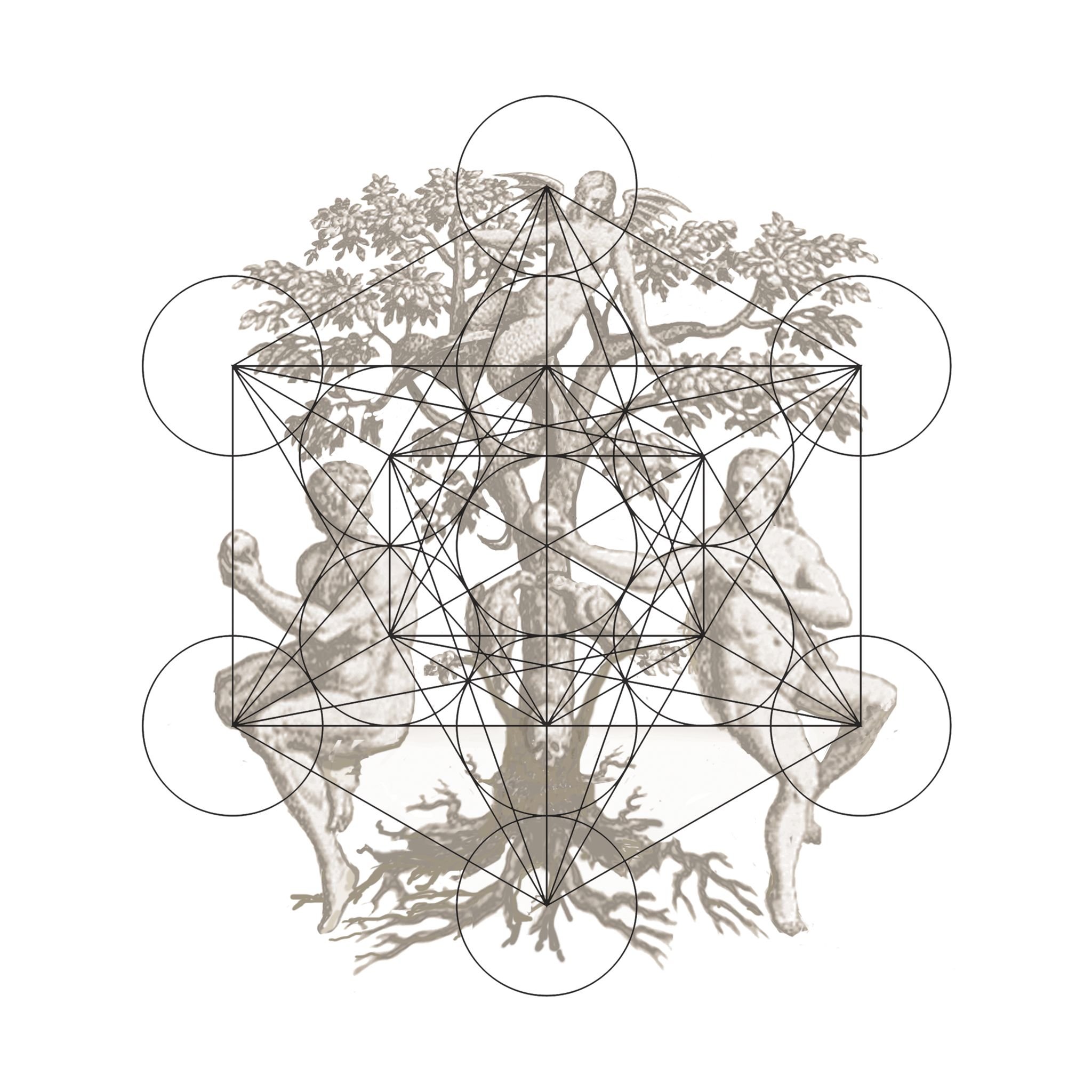SARAH BALL

INTRODUCTION :
Give me your tired, your poor, your huddled masses yearning to breathe free, the wretched refuse of your teeming shore. Send these, the homeless, tempest-tost to me, I lift my lamp beside the golden door !”
Extract from ‘The New Colossus’ by Emma Lazarus, (Inscribed on The Statue of Liberty)
‘Immigrants’, the title of this exhibition is a word that has always been loaded with a meaning and weight beyond the dry dictionary definition. The word is weapon, a political pawn, a tabloid headline, to the point that one might forget that we are dealing with human beings.
Sarah Ball, 2015
ONLINE CATALOGUE (click below) :
INTRODUCTION :
Lyndon B. Johnson
For many, Ellis Island is the ultimate symbol of American immigration and the immigrant experience.
The federal government assumed control of immigration on April 18, 1890, and Congress appropriated $75,000 to construct America’s first Federal immigration station on Ellis Island...
Read more/less
The first federal immigrant inspection station was an enormous three-story-tall structure, opened on January 1, 1892. About 1.5 million immigrants had been processed at the first building during its five years of use. Between 1905 and 1914, an average of one million immigrants per year arrived in the US. The all-time daily high occurred on April 17, 1907, when 11,747 immigrants arrived. By the time it closed on November 12, 1954, twelve million immigrants had been processed by the U.S. Bureau of Immigration.
Today, over 100 million Americans—or something over about one-third of the population—can trace their ancestry to the immigrants who first arrived in America at Ellis Island before dispersing to points all over the country
Acknowledgements:
Sarah Ball would like to express her thanks and appreciation to Peter Mesenholler (Museum of Cologne and author of “Augustus F Sherman: Ellis Island Portraits 1905 – 1920” New York: Aperture, 2005), The George Eastman House (Rochester, New York) and Cezar Popescu (The Costica Ascinte Archive, Romania).
Augustus Frederick Sherman worked as a registry clerk at Ellis Island in the years 1892-1925. This untrained photographer created hundreds of images documenting the new arrivals to America. He took photographs of families, groups, and individuals who were being detained either for medical reasons or for further interrogation. In many cases, the subjects were fleeing poverty, natural disaster, and political and religious persecution.
The ‘Romainian’ images are from a newly rediscovered archive by a largely unknown photographer Costica Acsinte - The Costica Acsinte Archive project’s main objective is the digitization and long term storage of Costica Acsinte’s photographic work (1930 -1950): around 5.000 glass plates negative, a much smaller number of film negative and an unknown number of photographic prints. The subjects of these images were not neccesarily migrants, but are included because the word ‘Romanian’ carries with it a 21st Century stigma which illustrates the potency of the exhibition theme.


